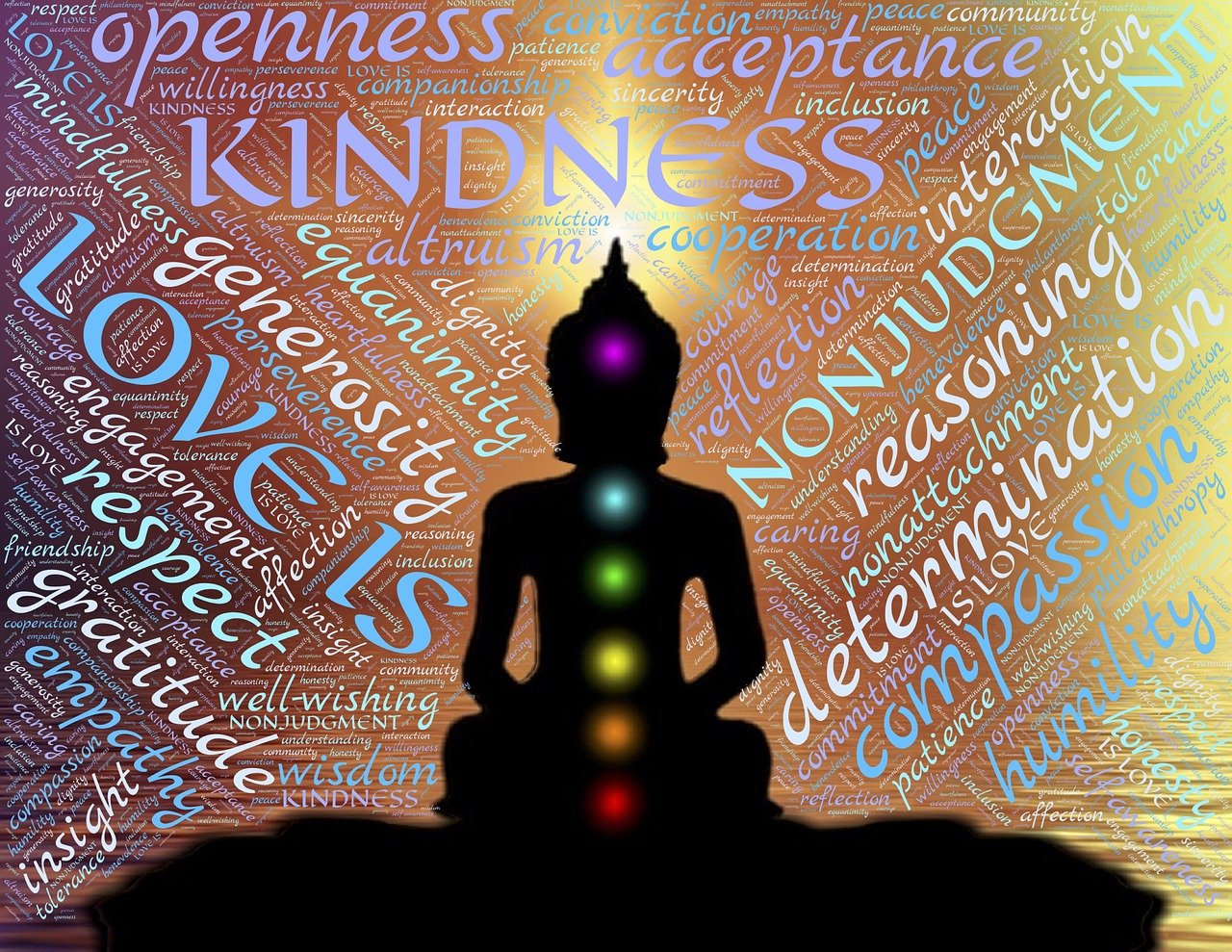In today’s fast-paced world, finding moments of love and kindness can seem like a distant dream. But what if there was a powerful practice that could help you cultivate these essential qualities and improve your mental health? In this blog post, we will delve into the transformative power of Meta Meditation, and how it can create a ripple effect of love and kindness, not just in your own life, but also in the lives of those around you. Whether you’re scrolling through social media or simply seeking inner peace, this is a guide you don’t want to miss!
Loving-kindness, also referred to as metta meditation, is a type of mindfulness practice that involves developing feelings of love, benevolence, and goodwill towards oneself and others. This particular meditation method originates from the Buddhist tradition but has been embraced and modified by individuals with various spiritual beliefs and secular mindfulness practices. Engaging in loving-kindness meditation can serve as a powerful tool for cultivating positive emotions, enhancing empathy, and alleviating anger and resentment. Here’s a step-by-step guide on how to practice loving-kindness meditation:
- Find a serene and comfortable space: Seek out a peaceful environment where you can engage in your meditation session without interruption. Sit in a comfortable posture, either on a cushion or a chair, with your back straight but relaxed.
- Set a timer: Determine the duration of your meditation session. Begin with a manageable timeframe, such as 5-10 minutes, gradually extending it as you become more familiar with the practice.
- Commence with deep breaths: Take a few deep breaths to cultivate a sense of relaxation and center yourself. Allow your body and mind to settle.
- Cultivate feelings of loving-kindness towards yourself: Direct your focus towards yourself and silently repeat phrases that convey loving-kindness and goodwill towards your own being. For example, you may say, “May I find happiness, may I enjoy good health, may I remain safe, may I live with ease.”
- Extend loving-kindness to others: After nurturing feelings of loving-kindness towards yourself, extend them towards others. You can commence with individuals whom you hold a deep affection for, such as a close friend or family member. Silently repeat similar phrases for them, such as, “May you find happiness, may you enjoy good health, may you remain safe, may you live with ease.”
- Expand the circle of loving-kindness: Gradually expand your well-wishes to encompass others, including acquaintances, neutral individuals, and even those with whom you may have conflicts. Progress from individual people to broader groups, eventually including all sentient beings.
- Sustain focus on the feelings: As you recite the phrases, endeavor to evoke genuine sentiments of love and compassion. If you encounter resistance or negative emotions, acknowledge them without judgment and gently redirect your focus back to the practice.
- Conclude with loving-kindness for all beings: In the final moments of your meditation, open your heart and direct loving-kindness towards all living beings, including yourself and others. Embrace the limitless nature of love and compassion.
- Conclude with gratitude: When the designated meditation time comes to an end, take a moment to express gratitude for the positive intentions you have cultivated and the potential ripple effect of your loving-kindness. Slowly open your eyes, if they were closed, and bring your awareness back to the present moment.
Loving-kindness meditation can be a transformative practice that nurtures empathy, compassion, and interconnectedness with others. Regular engagement in this meditation method can contribute to adopting a more positive and open-hearted approach to life, thereby enhancing your relationships with both yourself and others.




